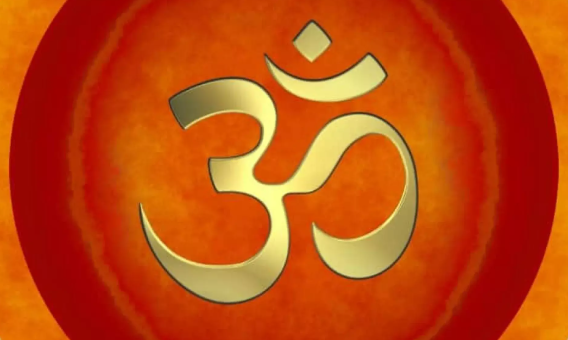The Hari Om Mantra
Hari Om in a Nutshell
Hari embodies the idea of a transformative force that aids individuals in transcending difficulties and progressing toward a state of clarity and well-being, applicable within both spiritual and secular frameworks.
1. The Cosmic Sound: Om
Primal Vibration:
AUM (also spelled Om) (ॐ) is considered the original sound from which the entire universe emanates. In texts like the Mandukya Upanishad (composed toward the 6th century BCE), Om is described as the summation of all existence.Om is a sacred syllable in Hinduism, symbolizing the essence of the ultimate reality, consciousness, or Brahman. It is considered the most important mantra in Hindu traditions and is used extensively in meditation and spiritual practices.
Phonetic Components:
The syllable AUM consists of three phonetic components:
A (Ah): Represents the waking state of consciousness.
U (Ooh): Denotes the dream state.
M (Mmm): Signifies the state of deep sleep.
These components correspond to the three states of human consciousness, with the silence that follows representing Turiya, the fourth state of pure consciousness.
Symbolism:
Visually, the written form of AUM (ॐ) encompasses several elements:
Lower Curve: Symbolizes the waking state.
Middle Curve: Represents the dream state.
Upper Curve: Denotes deep sleep.
Dot: Signifies the absolute state, beyond consciousness.
Crescent: Represents the veil of illusion (Maya) that separates the dot from the other three curves.
Symbol of Unity:
Om encapsulates the totality of life and the universe, symbolizing that all individual consciousness is interconnected with the universal cosmic essence. This idea is central to non-dualistic (Advaita) thought, where the separation between the self and the cosmos is ultimately an illusion (the cosmos is within us, for the sake of simplicity).
2. The Divine Remover: Hari
Etymology
Hari is one of the names of Vishnu, one of the principal deities in Hinduism, often translated as "the remover" or "one who takes away." In various Indian philosophical traditions, this term symbolizes the force that eliminates obstacles, dispels ignorance, and alleviates suffering.Grace and Liberation:
In yoga philosophy, Hari embodies the compassionate energy that supports a practitioner’s journey toward moksha (liberation). It is believed that invoking Hari invites a transformative grace, which paves the way for experiencing higher states of consciousness.
3. The Synergistic Power of Hari Om
Integration of Cosmic and Personal:
When combined, Hari Om fuses the universal vibrational energy (Om) with the personal, grace-filled aspect of the divine (Hari). This union represents not just the omnipresent nature of the cosmos but also the benevolent force that actively aids in the dissolution of our inner limitations and illusions.Chanting as a Transformative Practice:
The recitation of Hari Om is more than just vocalizing a mantra; it is a meditative process that aligns the practitioner’s inner energy with that of the universe. The vibration generated during chanting is believed to stimulate the chakras (energy centers) and promote a state of inner balance, clarity, and healing.While "Hari" is traditionally associated with the deity Vishnu in religious texts, in a broader and more secular context, it represents the universal principle of removing negativity and fostering enlightenment. This interpretation transcends specific religious affiliations, focusing instead on the universal human aspiration toward overcoming challenges and achieving personal growth.
I hope that understanding the significance of this beautiful mantra deepens your connection to it. Please, join me in this a cappella rendition. From my heart to yours!
Monica

